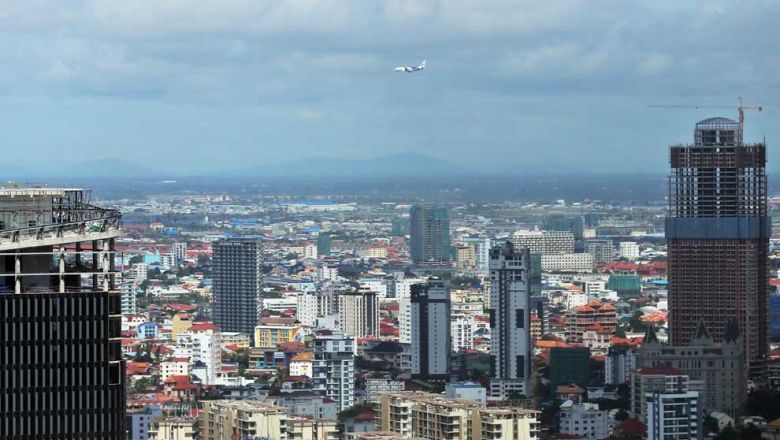‘Gov’t spending on vulnerable sectors crucial in recovery’
‘Gov’t spending on vulnerable sectors crucial in recovery’
The government should prioritise its spending on vulnerable sectors in order to boost economic activity and create more jobs during these trying times, according to an International Monetary Fund (IMF) official.
Jonathan D Ostry, the acting director of the IMF’s Asia and Pacific Department, was responding to a question asked by The Post at a press briefing on the October 2020 Asia Pacific Regional Economic Outlook held late on Wednesday.
Topping the list of factors that had prompted the Washington DC-based lender to revise down its projections for growth in the Asia-Pacific were – a collapse in the tourism industry and disruption in non-tourism exports such as garments, according to Ostry.
He pointed out that both have put a significant strain on the Cambodian economy.
“Since our previous update, there were numerous order cancellations, and, you know, these are both tourist and goods exports I think lie behind the weaker outlook.
“In terms of the policy imperatives, I think, again, what we have advised is a careful prioritisation of expenditure to make sure that fiscal resources reach those who are most vulnerable, those at the bottom of the income scale, those in the informal sectors and so forth whose employment opportunities may have been hit really badly.
“With the sort of baseline recovery in global demand for some of Cambodia’s main exports like garments, and some recovery in tourism, it should be possible for the recovery that we envisage for 2021 to materialise,” Ostry said.
Ministry of Tourism spokesman Top Sopheak told The Post on Thursday that international tourist arrivals had dwindled down to 1.22 million in the first eight months of the year, sinking 72 per cent from the 4.36 million recorded in the year-ago period.
“We aren’t seeing international tourist arrivals – nigh on nil – just a handful of foreigners working and living in the country. But the Ministry of Tourism has predicted that the number of international tourists will pick up from mid-2021, if a vaccine were to be officially endorsed,” he said.
Garment Manufacturers Association in Cambodia (GMAC) secretary-general Ken Loo echoed Ostry’s sentiment that international industrial orders would soon enjoy a notable rise, especially from the US.
On Monday, Minister of Economy and Finance Aun Pornmoniroth voiced his confidence that “Cambodia’s economic activity can retain a semblance of business as usual, with a better-than-expected fiscal situation, above all, in terms of tax revenue.
“This’d be a godsend for the implementation of the 2021 budget, allowing for greater budget space and lower-than-expected use of government savings.
“Recently though, fallout from the floods have been putting strain on the state’s burden, notably in the rehabilitation of transport and irrigation infrastructure,” he said.
According to him, the government is preparing a Post-Covid-19 Recovery Plan, which is a medium-term consideration that is designed to quickly return economic growth to pre-Covid-19 levels.
On October 13, the IMF projected a 2.8 per cent contraction in the Cambodian economy this year, and a sharp rebound next year to 6.8 per cent growth.
And according to Wednesday’s report, global growth has been revised to minus 4.4 per cent this year and 5.2 per cent next year.
The Asia-Pacific is also starting a tentative recovery, but at differing speeds for most countries, the IMF said.
Economic activity in the region is expected to slide by 2.2 per cent this year, due to a sharper-than-expected downturn in key emerging markets, and then grow by 6.9 per cent next year, it added.














